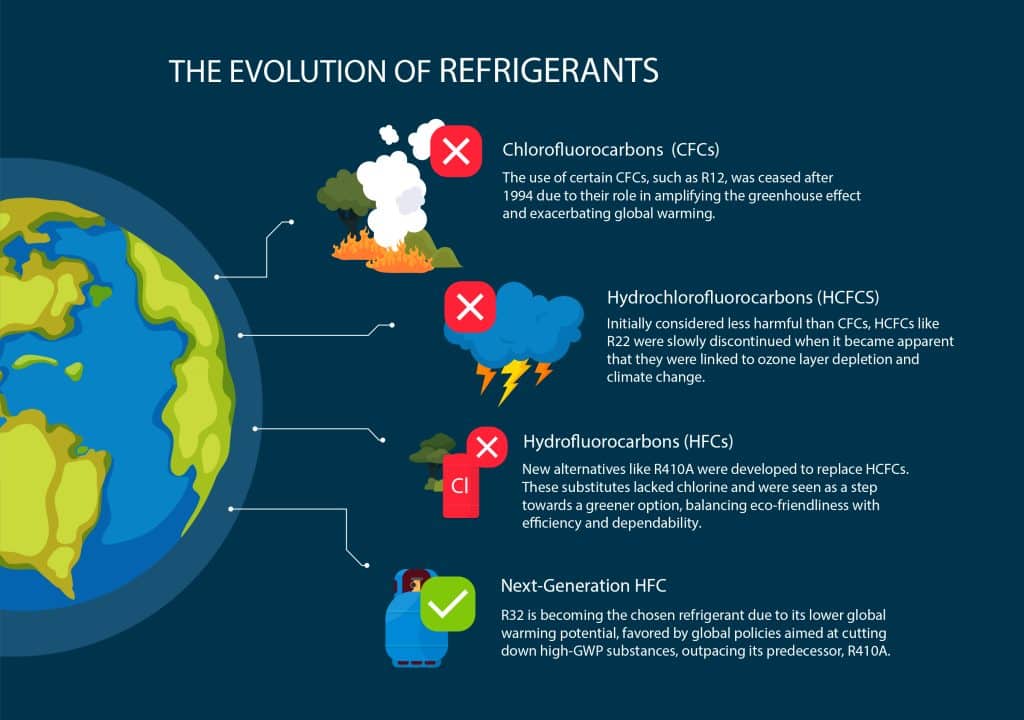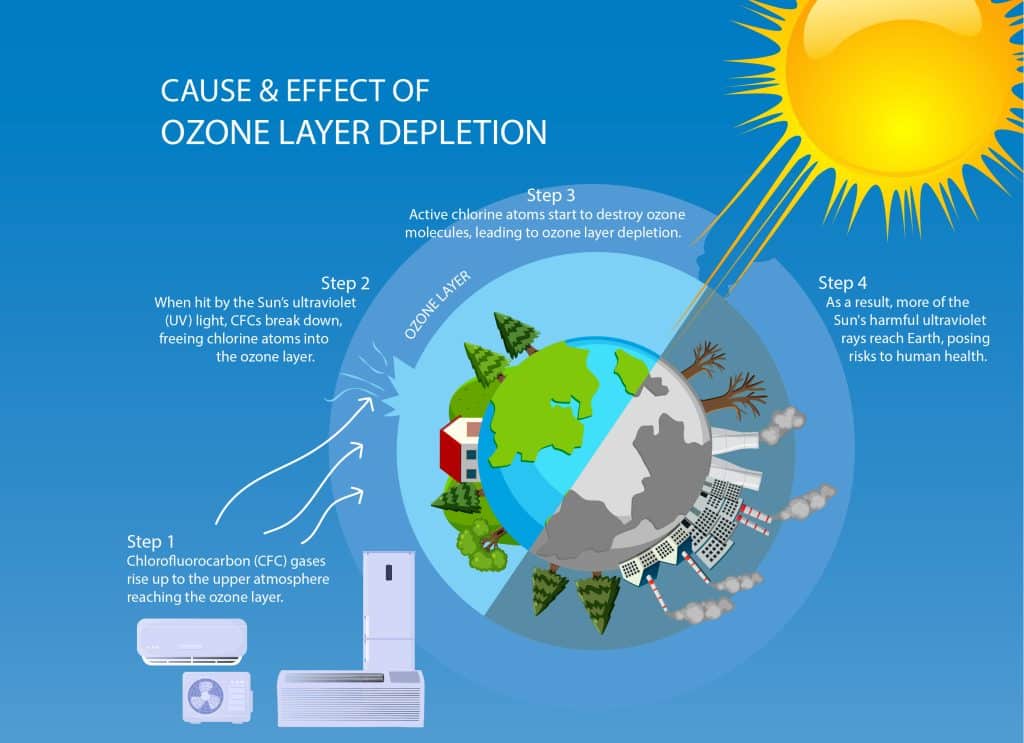Understanding the Environmental Impact of PTAC Unit Disposal
The improper disposal of Packaged Terminal Air Conditioner (PTAC) units is a pressing environmental concern due to the hazardous refrigerants they contain. These refrigerants, essential for PTAC functionality, can significantly harm the environment if mishandled, contributing to ozone layer depletion and global warming. Shifting towards more eco-friendly refrigerants represents a positive step in reducing environmental impact. Yet, the challenge persists due to the improper disposal practices prevalent in the industry. Many businesses turn to scrap metal services focused solely on the value of the metals, often leading to the illegal or harmful release of refrigerants into the environment. Additionally, inadequate disposal can lead to PTAC units in landfills, creating further environmental hazards. Addressing this requires diligent disposal practices for PTAC units and their refrigerants to mitigate their ecological footprint.

Understanding Refrigerants: From Environmental Impact to Eco-Friendly Alternatives
Refrigerants are essential for the operation of HVAC systems, including PTACs, as they enable cooling and heating through heat exchange. However, their environmental impact varies. Initially, CFCs like R-12 were popular for their efficiency but were phased out due to ozone layer damage. HCFCs like R-22 followed but also harmed the ozone layer and contributed to global warming. Consequently, the HVAC industry is moving towards more eco-friendly refrigerants to reduce environmental risks.
The Shift Away from High-impact Refrigerants
Chlorofluorocarbons (CFCs) like R-12, once favored in the HVAC industry for their cooling efficiency, have significantly harmed the ozone layer. When R-12 breaks down under UV light, it releases chlorine atoms that react with and deplete ozone molecules, compromising Earth’s shield against harmful UV radiation. This leads to higher risks of skin cancer, cataracts, and other health issues, as well as damaging ecosystems. The switch to Hydrochlorofluorocarbons (HCFCs) like R-22, thought to be less harmful, still posed similar ozone depletion risks.
The 1987 Montreal Protocol, a critical international agreement, was created to eliminate the use of substances damaging the ozone layer, including R-12 and R-22. This led to the rise of Hydrofluorocarbons (HFCs) like R-410A, initially hailed for their minimal ozone impact. However, the celebration was brief as it was discovered that HFCs, despite being safer for the ozone, greatly contribute to global warming due to their ability to trap heat in the atmosphere.
R-410A has a high Global Warming Potential (GWP), significantly exceeding the heat-trapping ability of CO2, the standard measure for greenhouse gases. This contributes to an intensified greenhouse effect, leading to higher global temperatures, melting ice caps, rising sea levels endangering coastal areas, and more frequent extreme weather events like hurricanes and heatwaves.

Emergence of R-32 as a Sustainable Alternative
The industry’s shift to more sustainable refrigerants, notably R-32, in PTAC units marks a significant advancement in environmental and energy efficiency. R-32 is favored for its lower Global Warming Potential (GWP) compared to its predecessors like R-410A, attributed to its simpler structure and faster degradation in the atmosphere, which minimizes heat retention on Earth.
R-410A, composed of R-32 and R-125, was introduced as an alternative to refrigerants that harm the ozone layer. However, its higher GWP is mainly due to R-125, which has a longer atmospheric life. In contrast, R-32’s efficient heat release and rapid breakdown significantly lower its GWP, approximately one-third that of R-410A, thereby reducing its long-term environmental impact.
Adopting R-32 in PTAC units enhances energy efficiency, achieving effective cooling and heating with reduced refrigerant and energy needs. This contributes to a smaller carbon footprint for air conditioning by decreasing operational energy demand, a substantial factor in global greenhouse gas emissions. The move to R-32 represents the industry’s effort to balance the demand for effective climate control with environmental stewardship. It aligns with global initiatives to lessen greenhouse gas emissions and combat climate change, underscoring the industry’s dedication to sustainability while meeting the cooling needs of modern spaces like hotels, apartments, and healthcare facilities. Through R-32, the industry demonstrates that achieving efficient climate control can go hand in hand with responsible environmental practices, paving the way for a more sustainable future.
The Environmental Risks of Improper PTAC Disposal and the Need for Sustainable Practices
The way businesses dispose of PTAC units often poses environmental hazards. Typically, these units are handed over to scrap metal dealers focused on salvaging metals, leading to neglected refrigerant management. This oversight is critical because refrigerants in PTAC units, like R-22 and R-410A, can harm the ozone layer and contribute to global warming if released. Sadly, the drive for metal recovery can result in the illegal or negligent release of these substances, violating environmental laws intended to prevent such emissions.
Disposing of PTAC units in landfills is environmentally harmful. These units contain refrigerants that may leak, and their metals, plastics, and electronics can release harmful chemicals into the environment, polluting soil and water. This not only misses the chance to recycle valuable materials but also adds to the global issue of electronic waste, which negatively impacts the environment.
The issues with refrigerant disposal and landfilling PTAC units highlight the urgent need for better disposal practices. Businesses, manufacturers, and recyclers must work together to create protocols that protect the environment and follow regulations. Proper recycling of refrigerants and careful handling of other parts can reduce environmental harm. Raising awareness and improving recycling access can also prevent landfilling, leading to more sustainable management of PTAC units.
The Clean Air Act: A Framework for PTAC Unit Disposal and Refrigerant Management
The Clean Air Act (CAA) is a key piece of U.S. environmental law aimed at improving air quality and reducing pollution. For the HVAC sector, especially in disposing of PTAC units, it sets strict rules for managing refrigerants due to their environmental hazards, like ozone depletion and global warming potential.
The Act strictly forbids the illegal release of refrigerants, such as R-22 and R-410A, during any AC equipment servicing or disposal. This emphasizes the need for correct refrigerant recovery methods to prevent these gases from harming the environment.
Violating the Clean Air Act, especially by illegally releasing refrigerants, leads to heavy fines—up to $44,539 per violation, per day—and possibly criminal charges. It also allows for the seizure of the involved refrigerants and can result in the loss of certification for those handling refrigerants, underlining the severe legal and financial consequences of non-compliance.
The Role of PTAC4Less in Promoting Responsible PTAC Disposal
In light of the EPA regulations, and promoting environmental sustainability, PTAC4Less understands the critical role of responsible disposal of PTAC units. In response, we’ve partnered with trusted services specializing in the environmentally responsible disposal of PTAC units. Our goal is to guarantee that the disposal process adheres to legal standards and that the refrigerants within these units are managed according to the highest environmental practices.
Businesses looking to dispose of their PTAC units responsibly are encouraged to contact PTAC4Less. Our team will guide you through the process of connecting with our trusted partners, who are equipped to handle the disposal in compliance with environmental regulations. By taking this step, businesses can confidently navigate the complexities of PTAC unit disposal, ensuring that these actions contribute positively to environmental conservation efforts. This approach not only mitigates the potential for hefty fines and penalties associated with non-compliance but also contributes positively to environmental conservation efforts.
